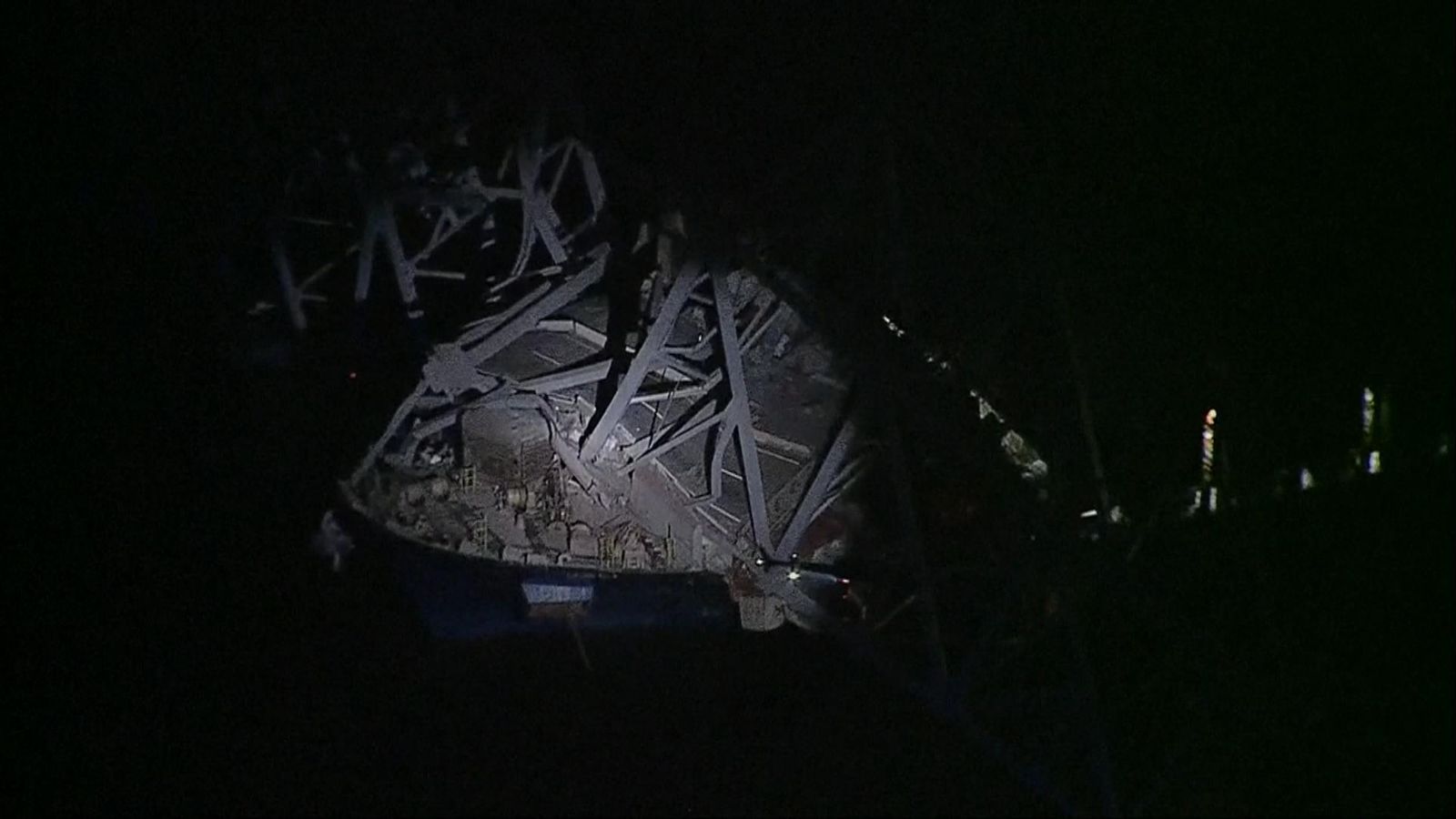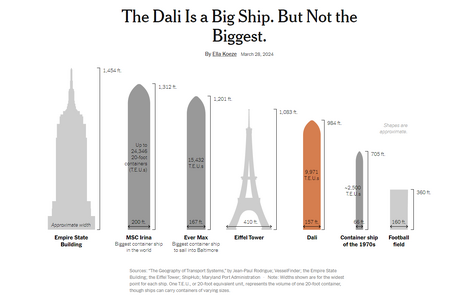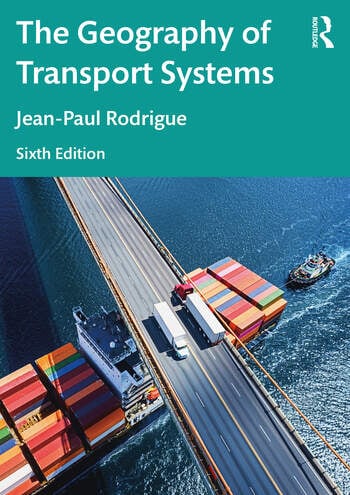The ship lost propulsion power and drifted into the column with the current at about 9 mph…the ship’s mass was more than enough to take out the column.I am wondering if something has happened to the person/personnel that the ship seems to have gone in the wrong direction and hit one of the columns of the bridge rather than go to the middle and pass underneath it.
You are using an out of date browser. It may not display this or other websites correctly.
You should upgrade or use an alternative browser.
You should upgrade or use an alternative browser.
bridge in Baltimore collapsed after a ship collision against a pillar
- Joined
- Dec 24, 2019
- Messages
- 169
- Points
- 113

They were doing 7 or 8 knots and had 2 Baltimore pilots on board. After what appeared to be two power failures, they lost steering. Even with escort tugs (which they didn’t have) tugs would have been unable to stop this much tonnage. Ships have propulsion failures failures fairly often. This was a routine transit (until steering and propulsion failed). A life ending and career ending tragedy.
- Joined
- Dec 24, 2019
- Messages
- 169
- Points
- 113

Wrong. The ship had two Baltimore pilots commanding during the transit.I am wondering if something has happened to the person/personnel that the ship seems to have gone in the wrong direction and hit one of the columns of the bridge rather than go to the middle and pass underneath it.
Power and mechanical failure caused the collision.
They did drop the anchor…does not require power…but the drift of the ship dragged the anchor.They say the ship lost power - possibly due to dirty fuel. Is there any reason why you would not drop anchor? Or does that require engine power too?
- Joined
- Sep 5, 2020
- Messages
- 332
- Points
- 278

I do know this now, the post you quoted was my first one on this tragic event when not all information was available, if you had bothered to read any of the later posts.Wrong. The ship had two Baltimore pilots commanding during the transit.
Power and mechanical failure caused the collision.
Interesting article referring the protection of bridges - better the lack of

 www.nytimes.com
www.nytimes.com

Dozens of Major Bridges Lack Shields to Block Wayward Ships
The collapse of the Key Bridge in Baltimore has prompted a reassessment of critical bridges around the country that may be similarly vulnerable to a ship strike.
I think, as Uwek says, that it was an electrical problem. If you look at minute 1 of the long video, it seems that the ship loses power. Therefore, the control of the ship is lost.
Baltimore bridge collapse: Aerial shots show aftermath of container ship crash
The Singapore-flagged container ship Dali crashed into the bridge at around 1:30am local time, causing a large section to collapse into the water afterwards.news.sky.com
Completely agree, but the human factor is unpredictable.Agreed, the master would normally require the anchor/s to be walked out and as Senorbob mentions, held on the brake, no power is required to letgo. It is usual to have two men on standby for’d to letgo the anchor if anchoring normally and also when required underway in close waters. Once the vessel is safely outbound and has dropped off the pilot/s the bosun will secure the anchors for sea. It is important to note the seamen for’d do not make the decision to drop the anchor, the order comes from the nav. bridge. Communications is obviously paramount.
More critically the question of attending tugs is important. Looking at AIS tracks the Dali had two tugs as she came off the berth. From experience this is perfectly normal. As the ship completed turning the tugs appear to be released and the Dali then headed outbound. This then raises an observation. Why were tugs not attending until the Dali passed critical parts of her outbound track, notably clearing the bridge? It could be the port authority did not mandate the use of tugs after departing the berth so the master did not request them. There may have been discussion between the pilots and master for retention of tugs. The master may not have wanted the tugs due to cost bearing in mind company policy but it is the masters final decision. But if the pilots had insisted then the master would normally agree. Crew interviews and importantly the VDR (Voyage Data Recorder) will provide conversations and other communications as well as critical component recording that will clarify this and many other factors. Note that tugs attending could have been there to assist in case of the exact type of situation that developed, like a blackout.
Last edited:
Completely agree, but the human factor is unpredictable.
Hi All
Enjoy watching
Enjoy watching
We can see the huge difference in size between old sailing ships and such modern container vessels.
But according the following article the Dali is "only" half of the actual biggest container ships


 www.nytimes.com
www.nytimes.com
also interesting articles
/https%3A%2F%2Ftf-cmsv2-smithsonianmag-media.s3.amazonaws.com%2Ffiler_public%2Faf%2Ff0%2Faff03cd2-fd6e-4962-beae-3b51c0be798a%2Fgettyimages-2107857418.jpg)
 www.smithsonianmag.com
www.smithsonianmag.com

 transportgeography.org
transportgeography.org
But according the following article the Dali is "only" half of the actual biggest container ships


The Dali Is a Big Ship. But Not the Biggest.
The ship that crashed into the bridge in Baltimore holds barely half of what some of the largest container ships these days can carry — a sign of how huge the industry has become.
also interesting articles
/https%3A%2F%2Ftf-cmsv2-smithsonianmag-media.s3.amazonaws.com%2Ffiler_public%2Faf%2Ff0%2Faff03cd2-fd6e-4962-beae-3b51c0be798a%2Fgettyimages-2107857418.jpg)
Cargo Ships Keep Getting Bigger, and Infrastructure Is Racing to Keep Up
A massive container ship hit Baltimore's Francis Scott Key Bridge this week, calling attention to the demands that ever-growing shipping vessels are placing on ports, canals and bridges

Evolution of Containerships | The Geography of Transport Systems
 transportgeography.org
transportgeography.org


